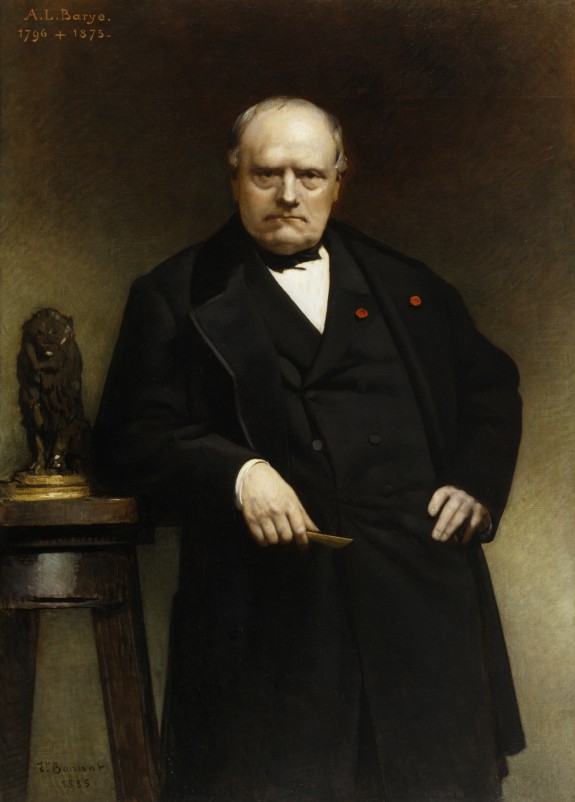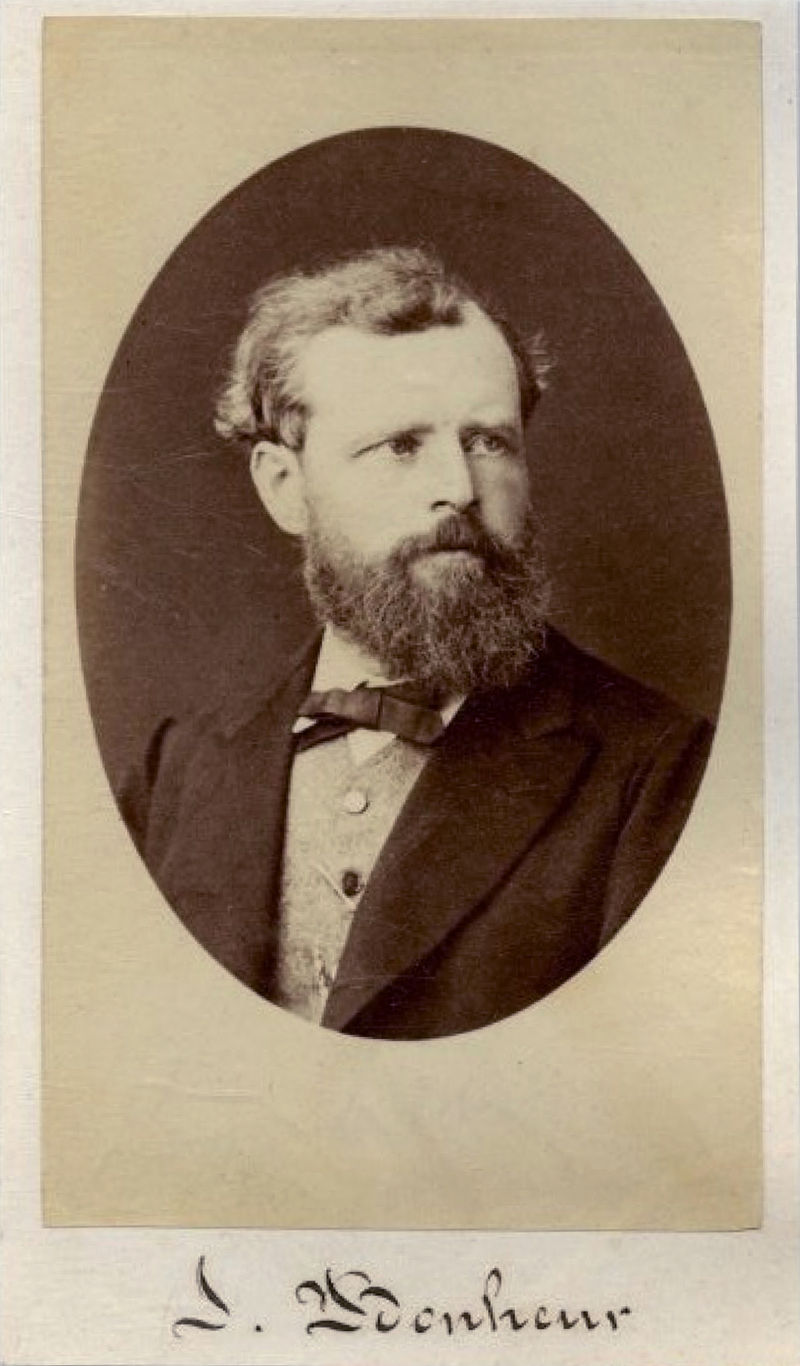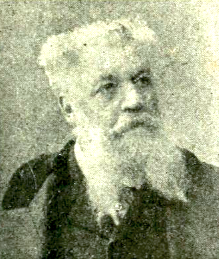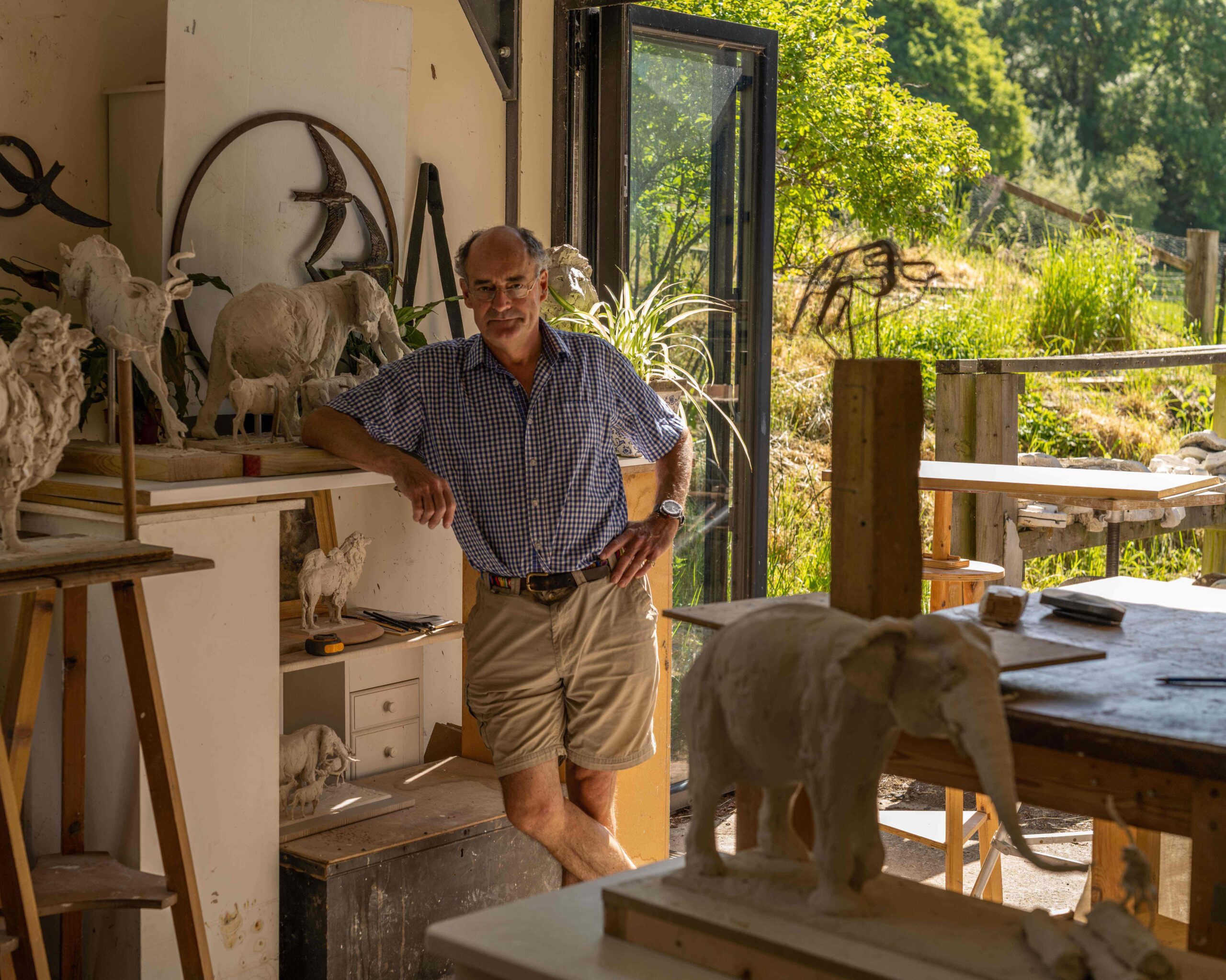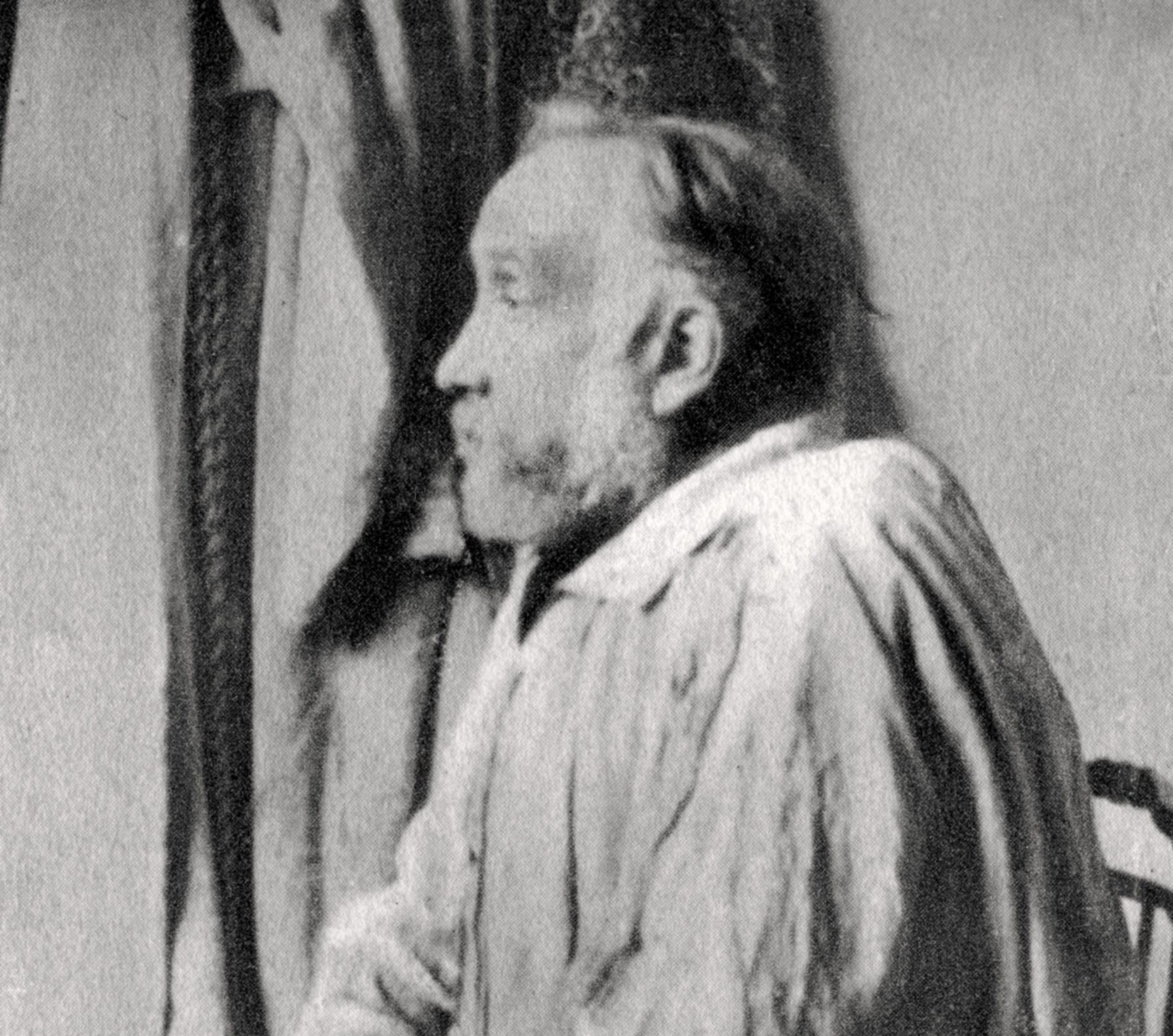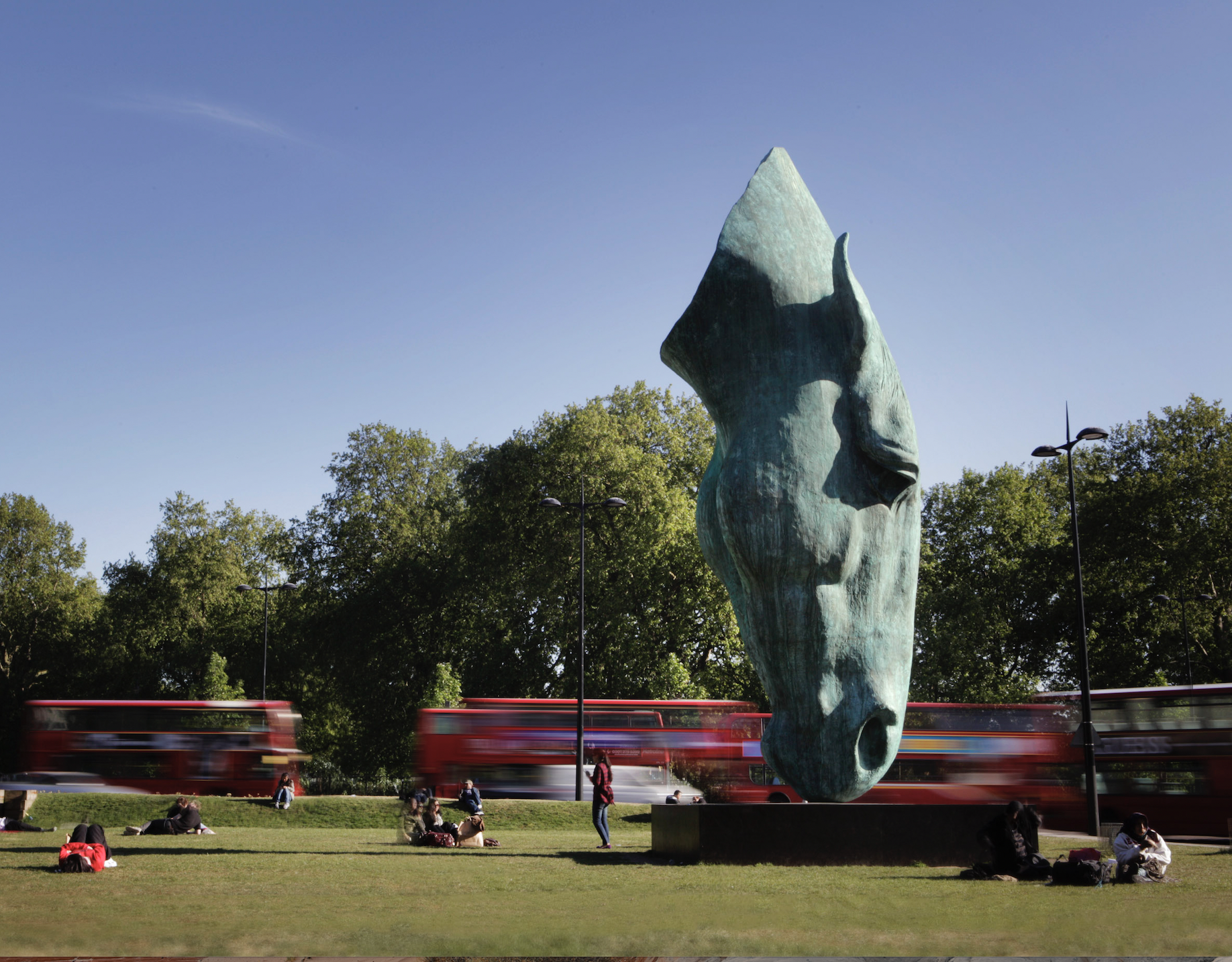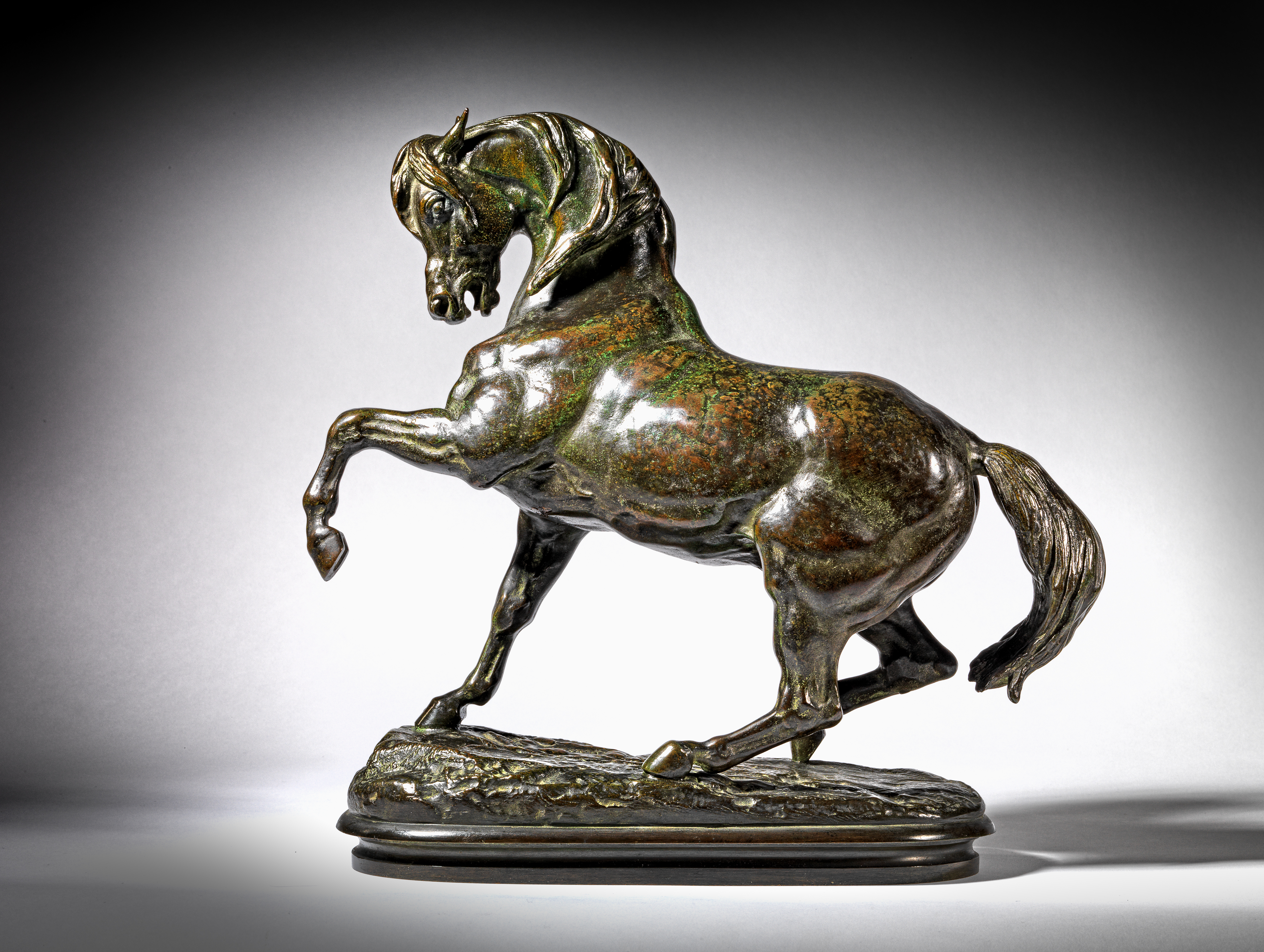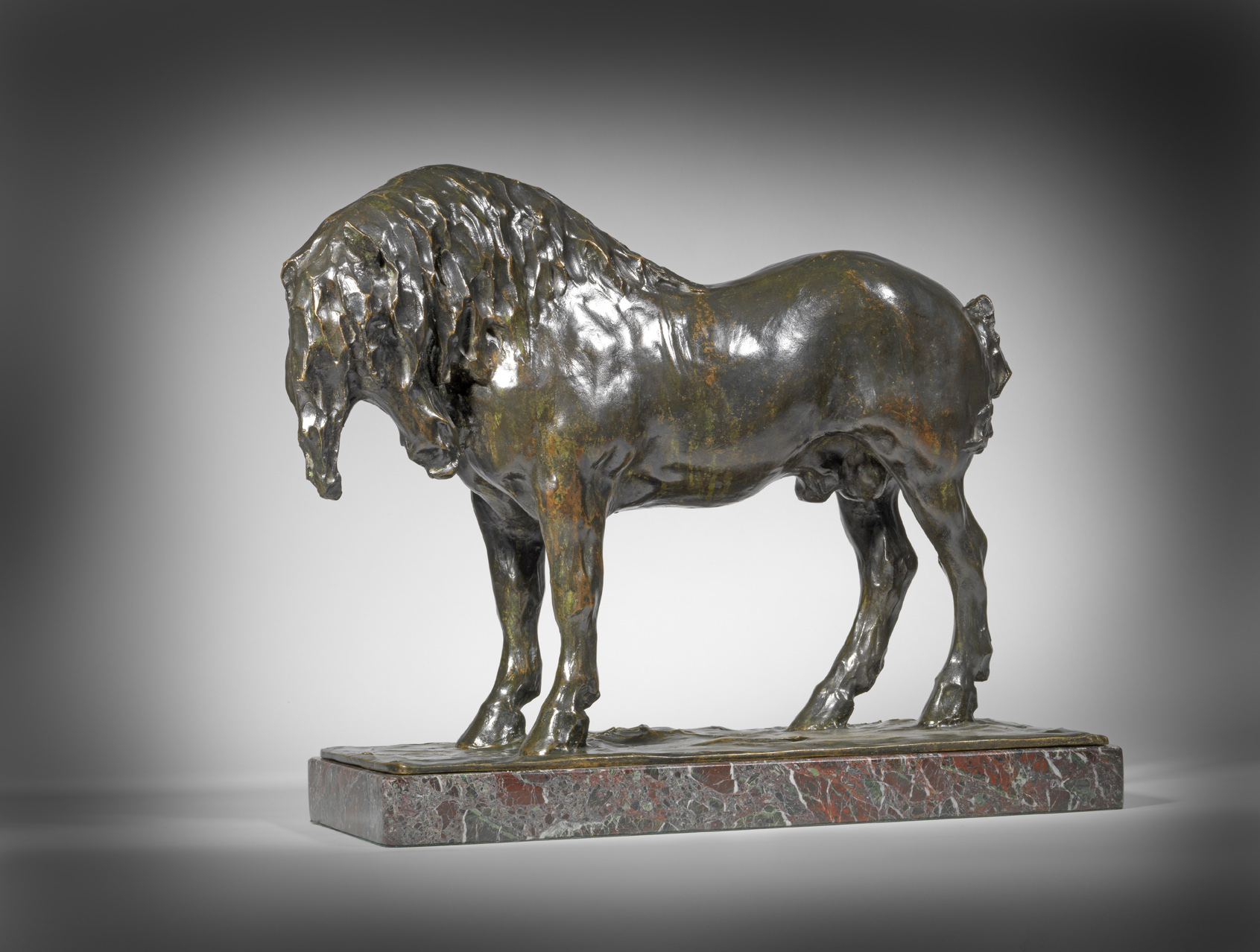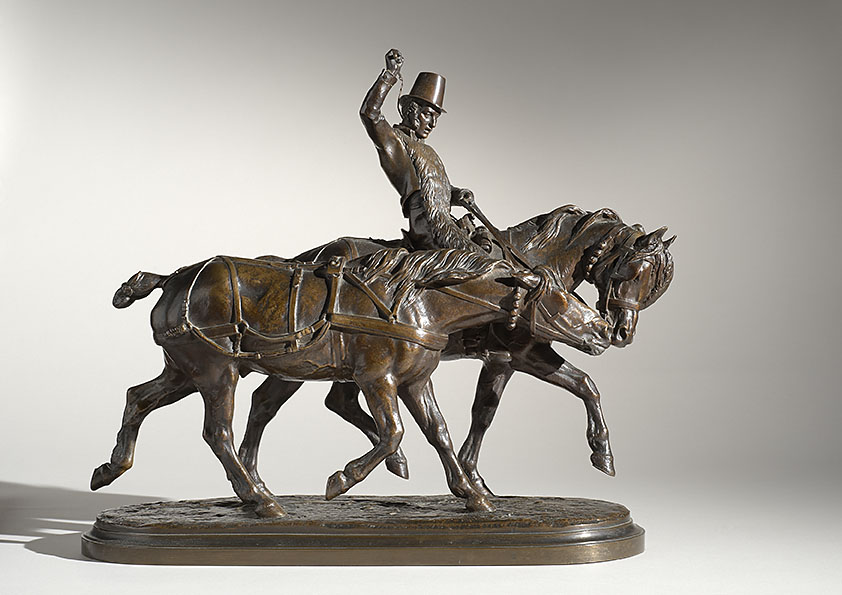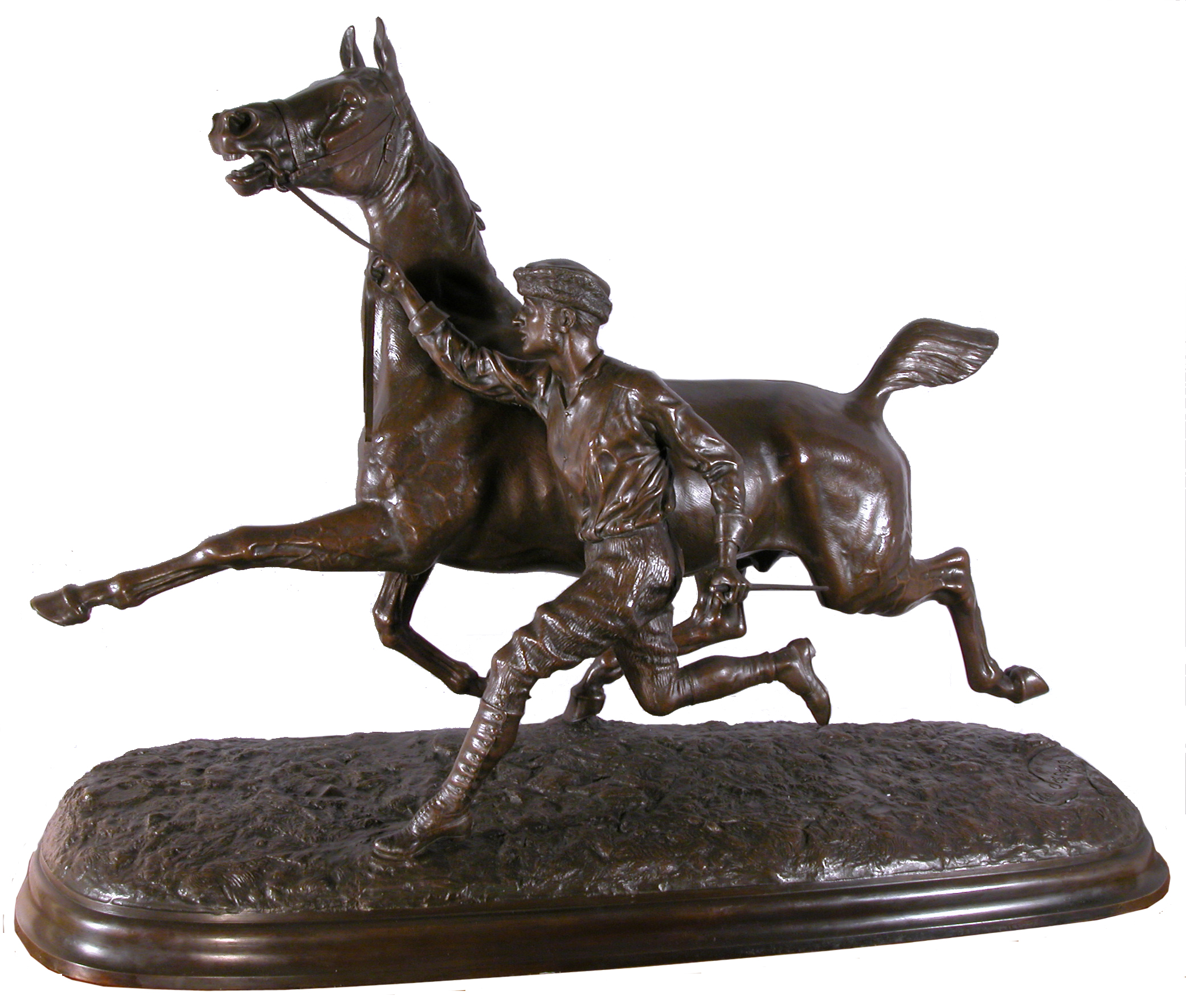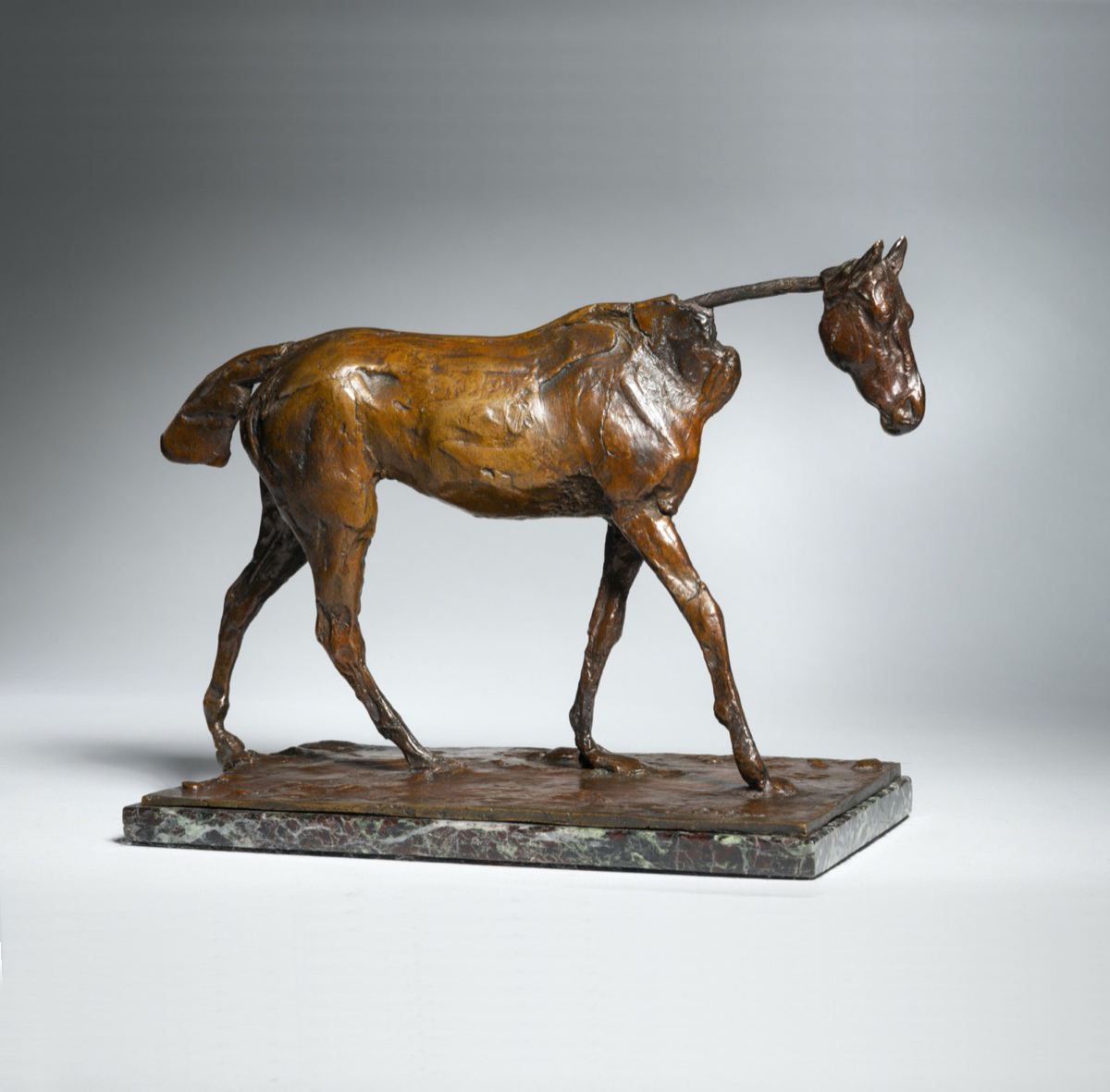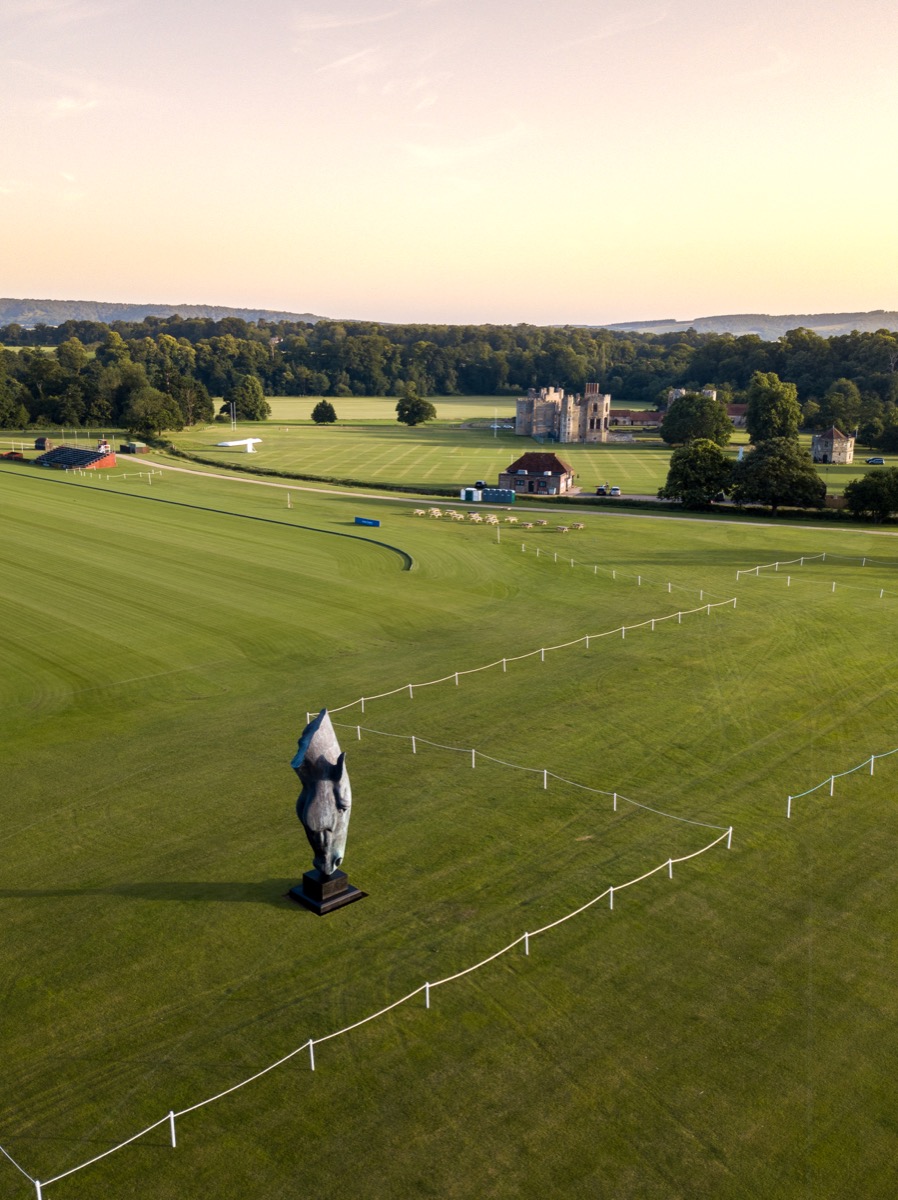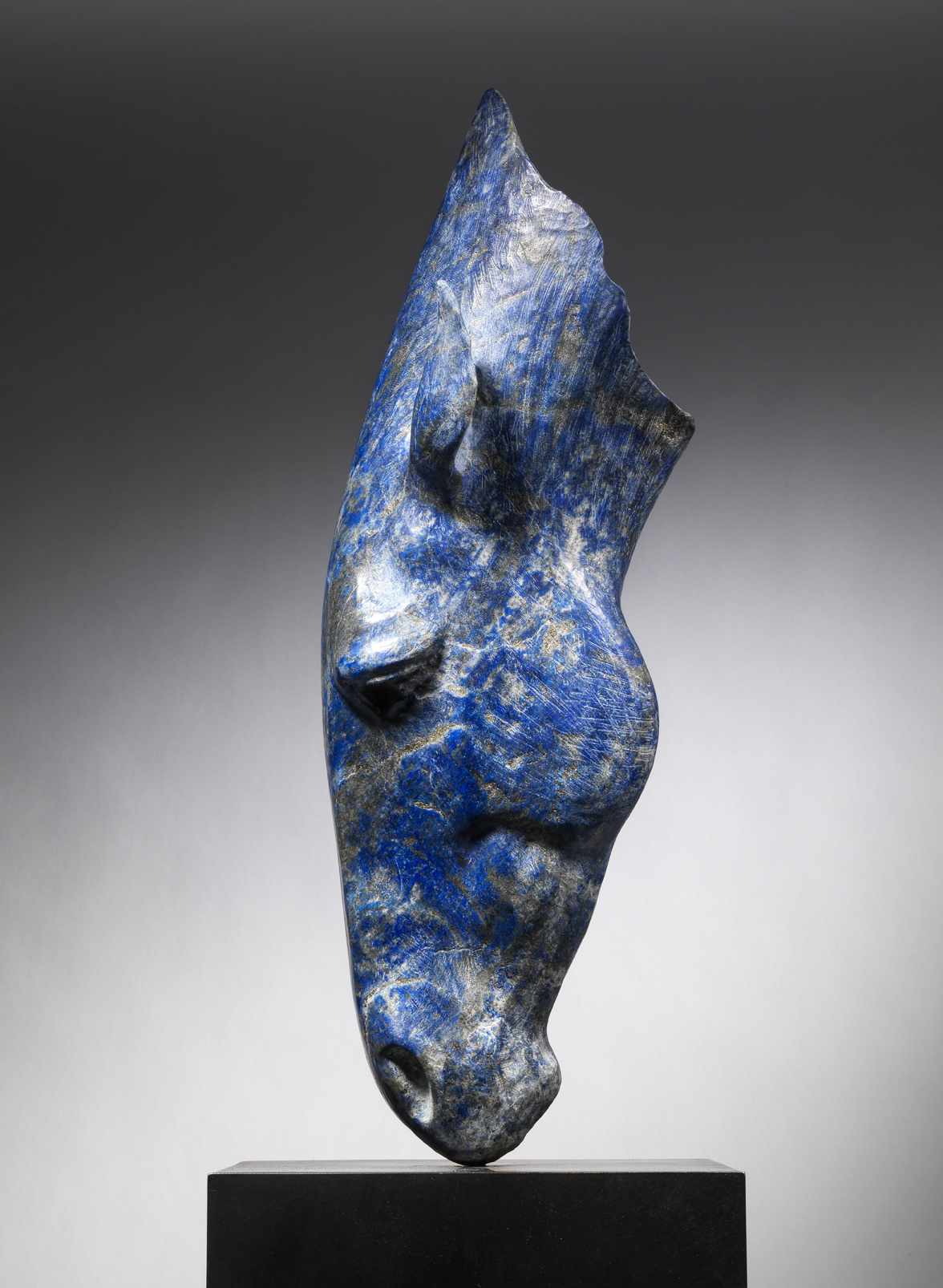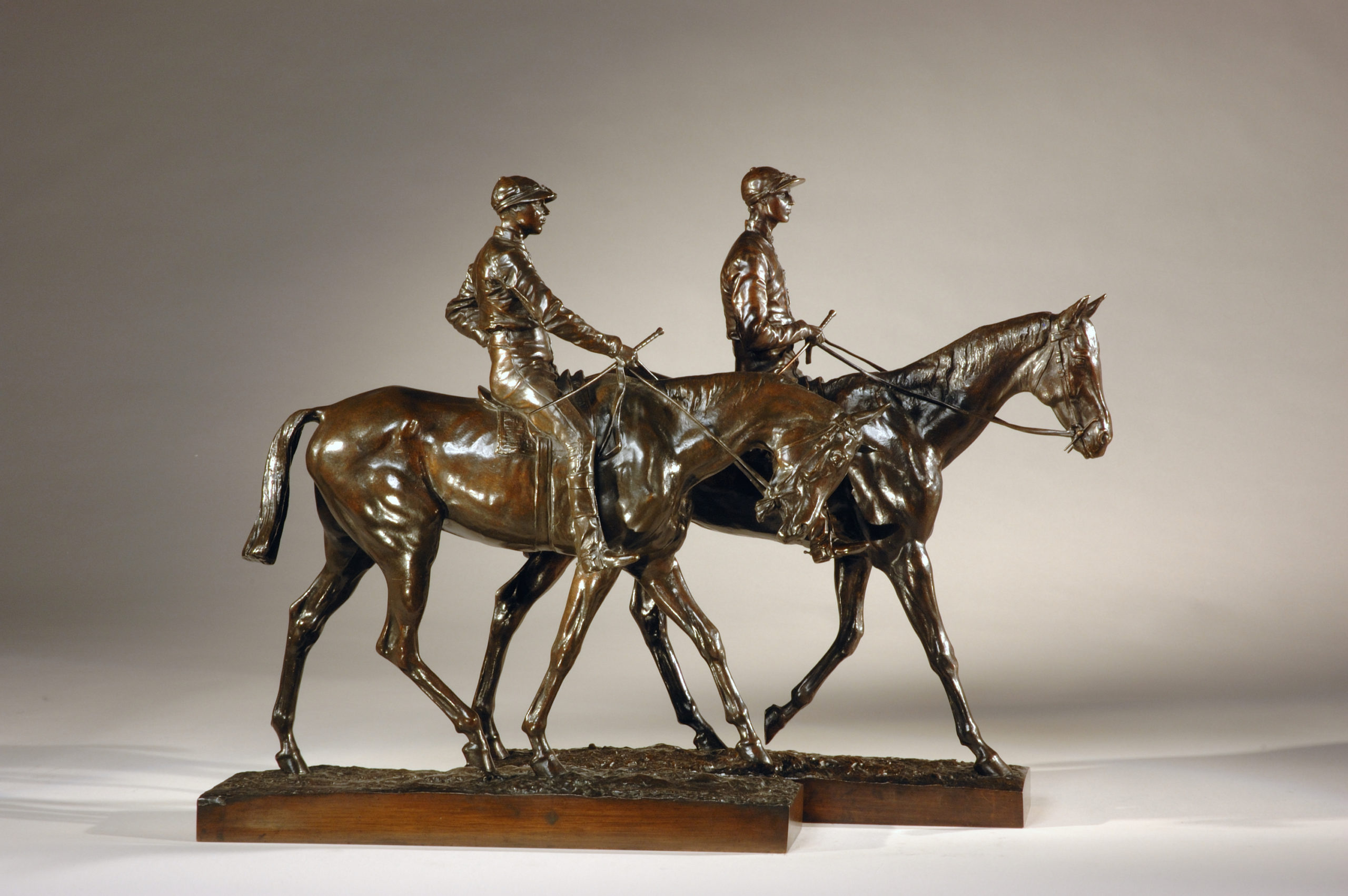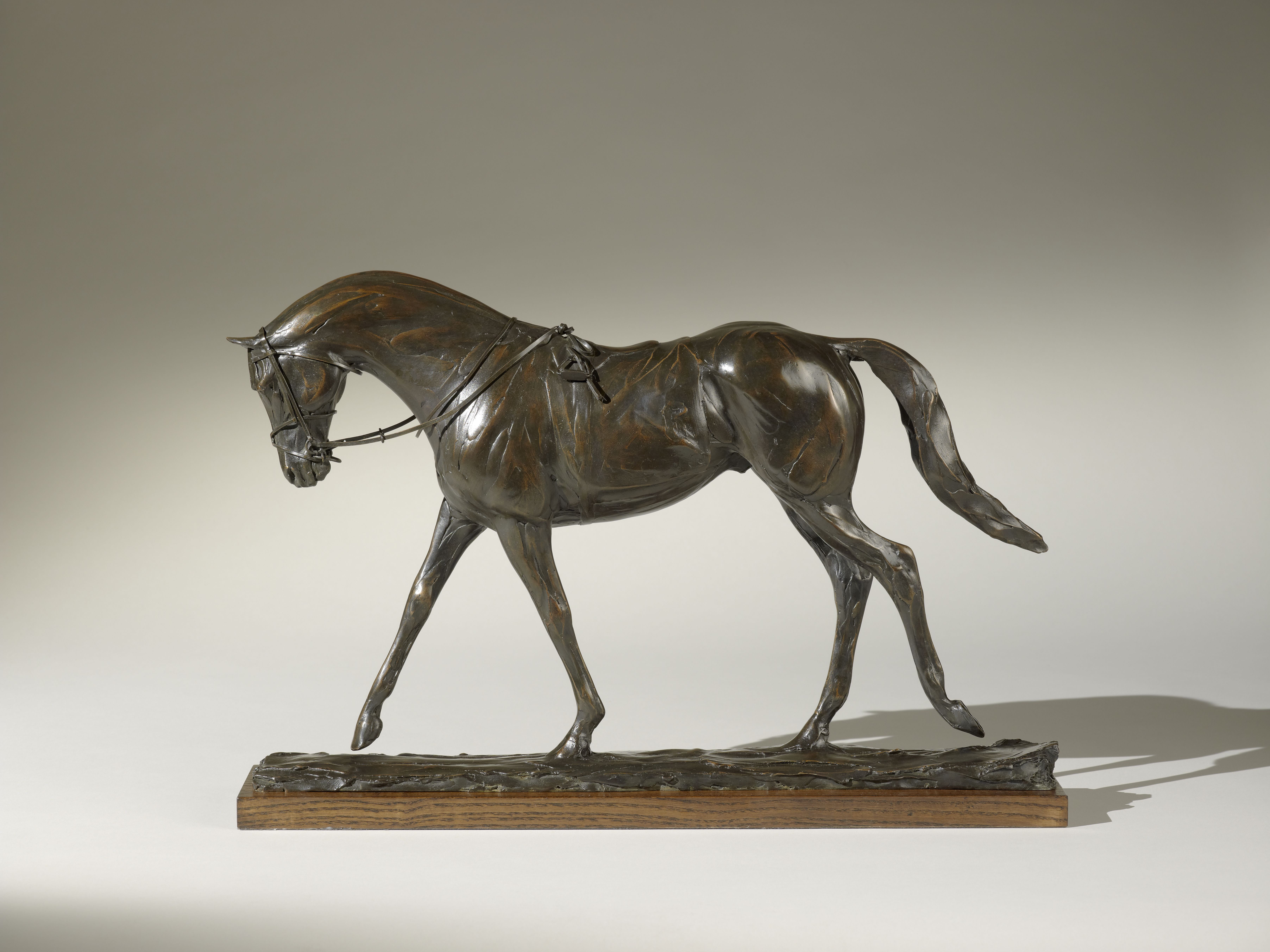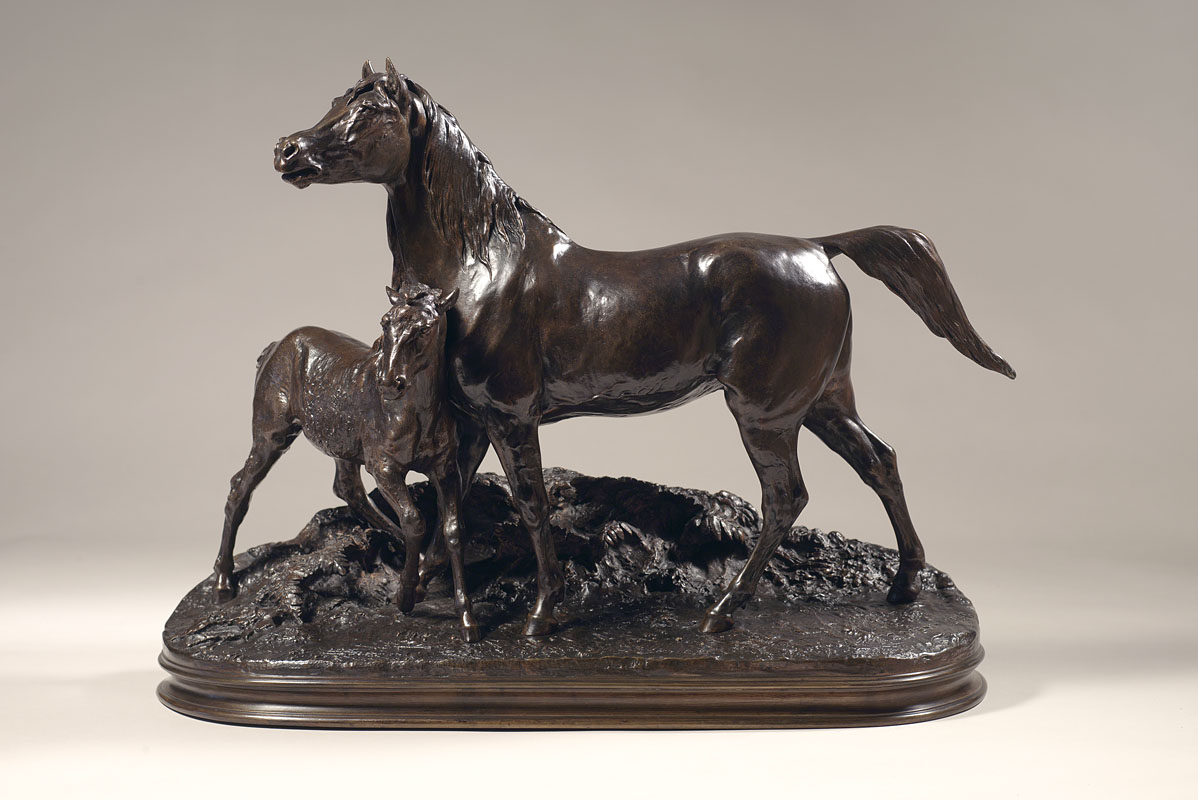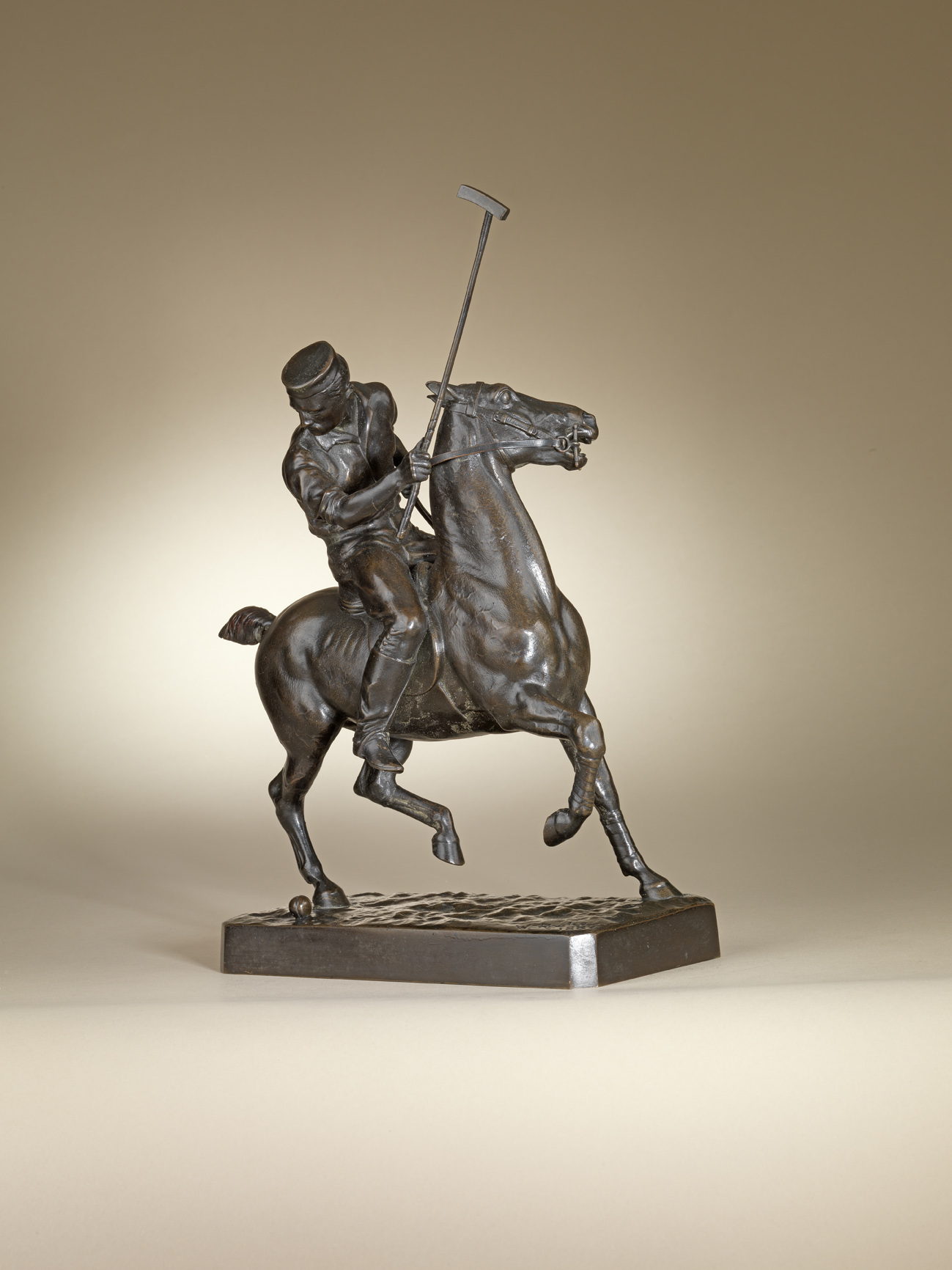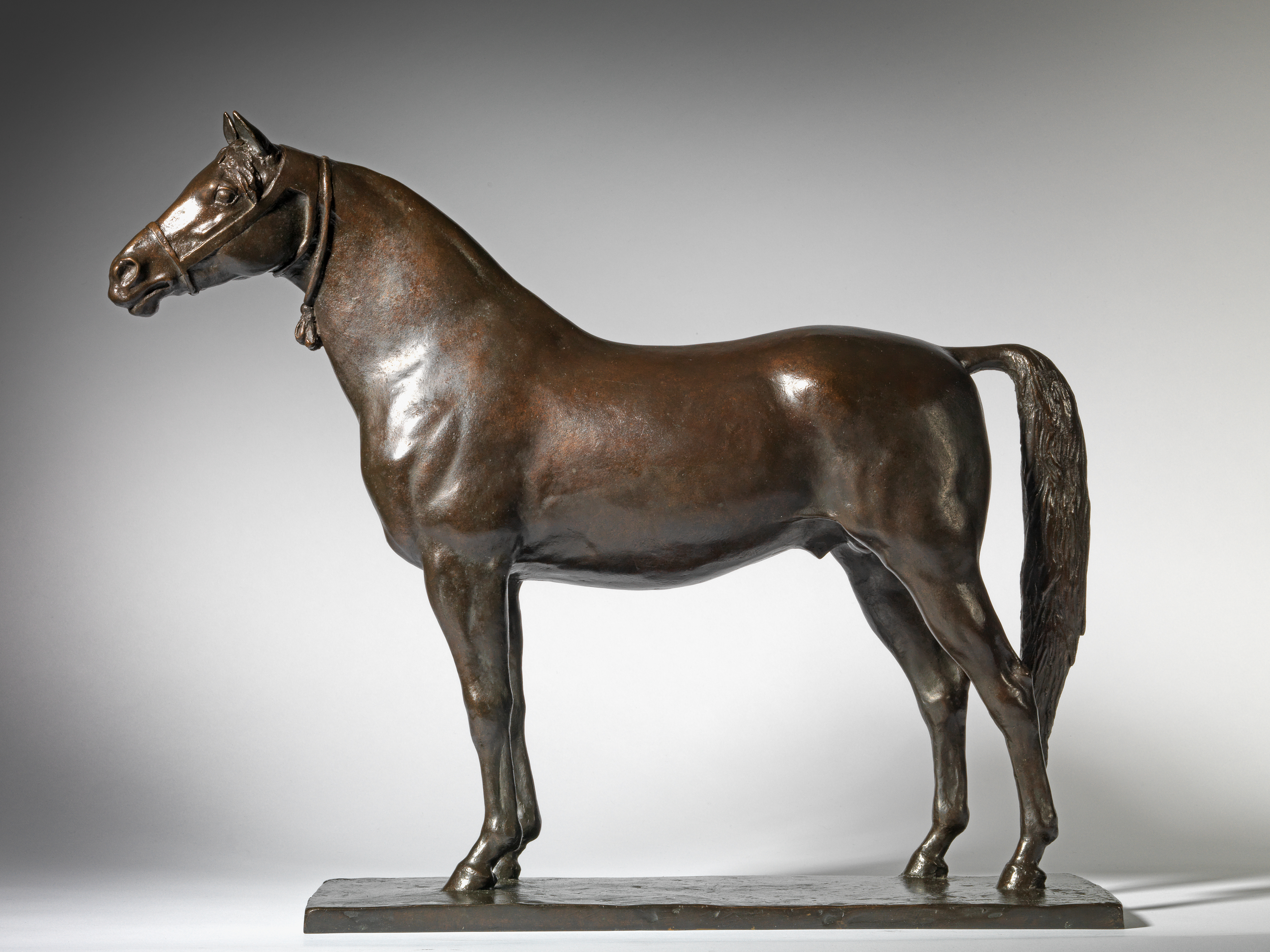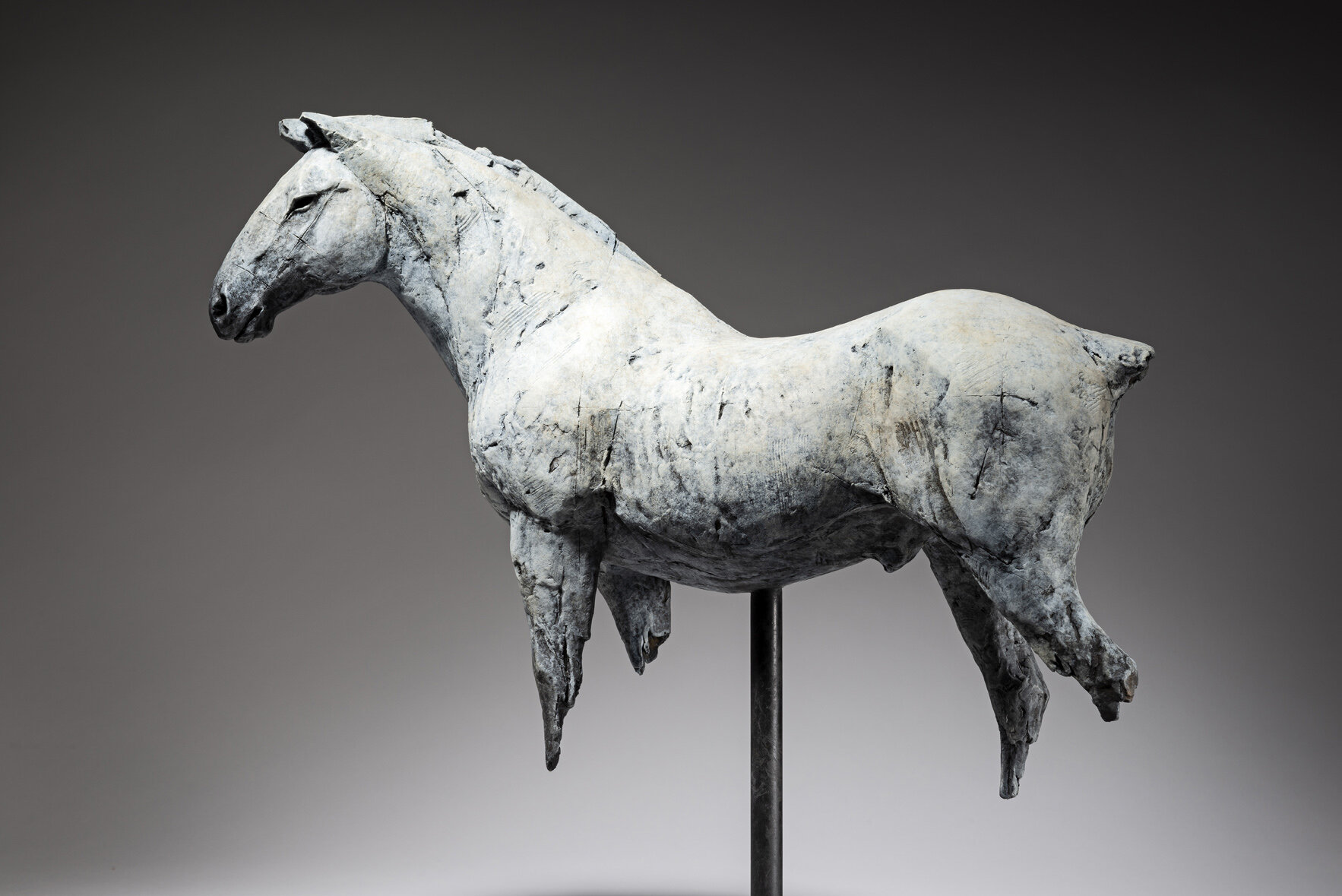The Horse – A Sculptural Icon
The horse remains an enduring symbol of power, hope and renewal in sculpture.
Spanning 200 years, this selection affords an opportunity to see how sculptural depictions of the horse have evolved – from the masters of the 19th century to contemporary sculptors practising today. The horse is a symbol of eternal interest to sculptors, embodying notions of nobility, freedom and vitality.
Highlights of the exhibition include: Degas’ ‘Thoroughbred Horse Walking’ is one of his most famous subjects; Nic Fiddian- Green’s carving in lapis of his signature ‘horse at water’ sculpture, as seen in monumental scale at Marble Arch, London; Rembrandt Bugatti’s rare Percheron Stallion, which has been displayed in museums around the world; Nichola Theakston ‘Draught Horse’ showing the contemporary drama of a heavy horse, contrasting in style with the famous American Artist Herbert Haseltine’s interpretation.



